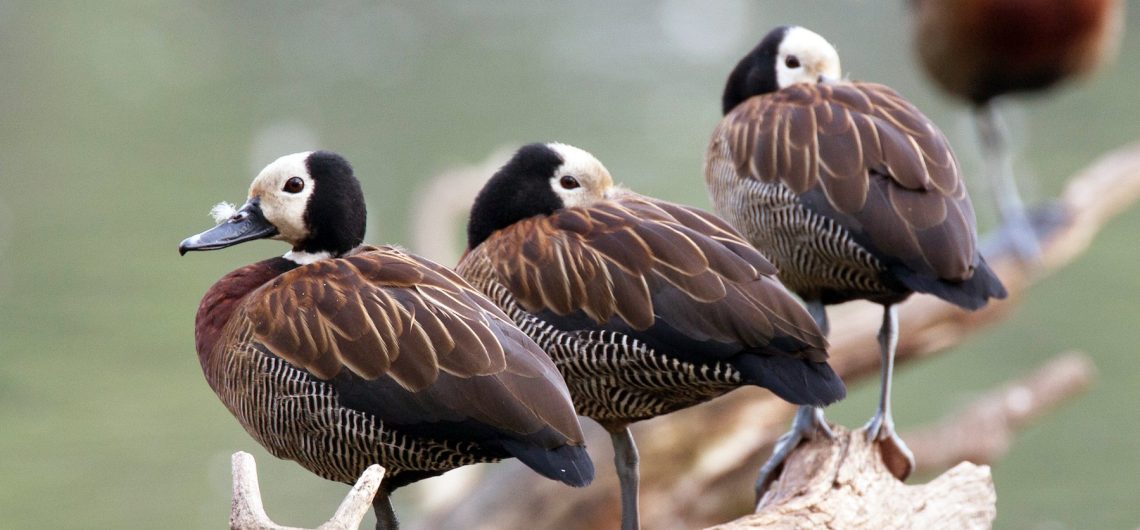Welcome to an exciting journey into the world of the White-faced Whistling-Duck! These charming waterfowls are known for their unique appearance and fascinating behaviors. In this article, we will explore interesting facts about the White-faced Whistling-Duck, shedding light on their habitat, physical characteristics, feeding habits, and much more. So, let’s dive in and discover the wonders of this captivating species!
The White-faced Whistling-Duck, scientifically known as Dendrocygna viduata, is a species of duck found in various parts of Africa, including sub-Saharan regions. These ducks are predominantly characterized by their distinct white face and crown, which contrasts beautifully with their dark plumage. Let’s delve into some fascinating facts about these delightful creatures.
The White-faced Whistling-Duck is a fascinating waterfowl species that captures the attention of bird enthusiasts around the world. Here are 10 intriguing facts about these remarkable ducks:
- Distinctive Appearance: The White-faced Whistling-Duck gets its name from the prominent white face and crown that contrast with its dark plumage. This striking feature makes them easily recognizable among other duck species.
- Wide Range of Distribution: These ducks are native to sub-Saharan Africa, with their distribution extending from Senegal and Sudan to South Africa. They can also be found in Madagascar and certain regions of the Arabian Peninsula.
- Social Birds: White-faced Whistling-Ducks are highly social creatures and are often seen in large flocks. They form strong pair bonds and engage in cooperative behaviors such as communal nesting and group defense against predators.
- Vocal Communication: Communication among White-faced Whistling-Ducks is accomplished through a series of high-pitched whistling calls. These vocalizations serve various purposes, including maintaining contact while in flight and establishing territorial boundaries.
- Adaptability to Different Habitats: These ducks are incredibly adaptable and can be found in diverse habitats. They thrive in freshwater lakes, swamps, marshes, and even man-made water bodies like reservoirs and rice fields.
- Noisy Takeoffs: When White-faced Whistling-Ducks take off from the water or land, their wings produce a distinct whirring noise. This sound is created by the rapid beating of their wings and adds to the spectacle of their flight.
- Dietary Preferences: Their diet primarily consists of plant matter, including seeds, aquatic vegetation, grasses, and agricultural crops like rice and wheat. Occasionally, they also consume small invertebrates and insects.
- Breeding Behavior: White-faced Whistling-Ducks engage in communal nesting, where multiple females lay their eggs in the same nest. This cooperative nesting behavior helps provide protection and increases the chances of successful reproduction.
- Migratory Patterns: While some populations of White-faced Whistling-Ducks are sedentary, others undertake seasonal migrations in response to changes in water availability and food resources. They can cover significant distances during migration.
- Conservation Status: Currently, the White-faced Whistling-Duck is classified as a species of “Least Concern” on the IUCN Red List of Threatened Species. However, certain localized populations may face threats due to habitat loss, pollution, and hunting.
These intriguing facts about the White-faced Whistling-Duck showcase the unique characteristics and behaviors that make them a captivating species to observe in the wild. Their distinctive appearance, social nature, and adaptability to various habitats contribute to their charm and allure for bird enthusiasts worldwide.
More about the White-faced Whistling-Duck
![]()


Comments